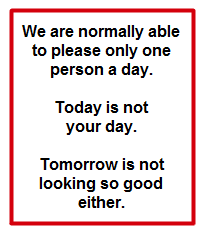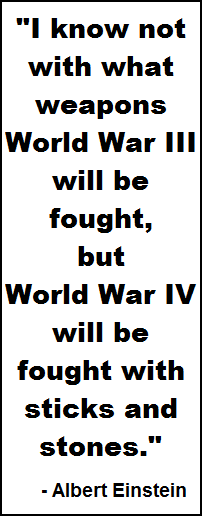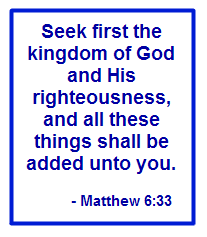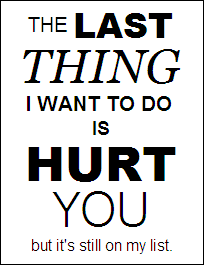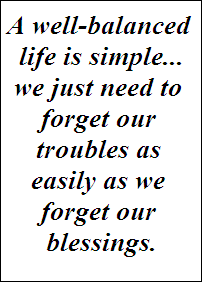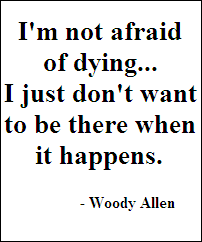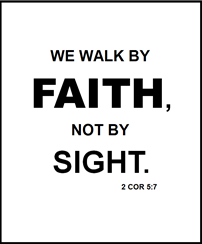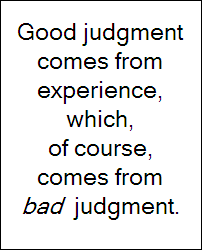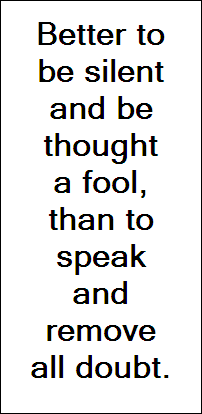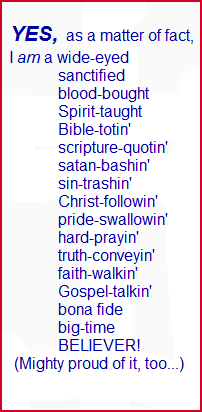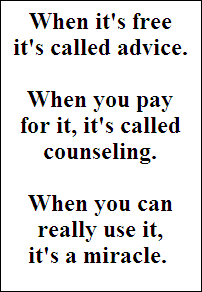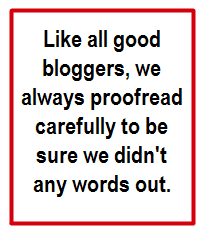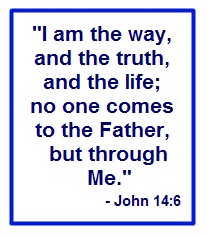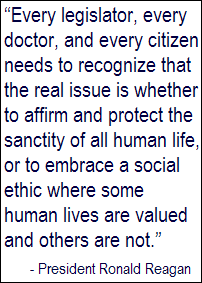The LinkedIn networking site “can absolutely facilitate a robust job search,” said Debra Wheatman, president of Careers Done Write, a career coaching and services provider in New York.
Still, while anecdotes abound of people getting hired via online channels, there’s no clear data of how often that happens.
Fully 89% of recruiters in a 2012 survey of 1,000 recruiters by recruiting-technology company Jobvite said they’ve made a hire through LinkedIn, but a separate CareerBuilder.com survey of about 2,300 hiring managers found that just 37% of employers use social networks to find candidates.
But, whatever the likelihood of getting hired through LinkedIn, job seekers—especially boomers—must be prepared for the fact that hiring managers “are going to look you up and expect to find information about you,” said Laura Smith-Proulx, a resume writer and founder of AnExpertResume.com. Smith-Proulx, a former recruiter, also writes LinkedIn profiles for clients.
And even if LinkedIn didn’t help snag you that job interview, it’s likely prospective employers will look you up on the site before you arrive for a meeting, Smith-Proulx said.
For employers, “LinkedIn has become a hub for assessing” job prospects, she said.
Read related column: 7 tips for the perfect boomer resume.
Here are 8 tips to make sure your LinkedIn profile stands out:
1. Post a photo
First things first: Make sure your profile includes a professional-looking headshot. A profile with a photo is seven times likelier to be viewed than one without, said Krista Canfield, a LinkedIn spokeswoman.
It’s not clear why, but recruiters want to see a picture, said Smith-Proulx. She surveyed recruiters to ask what stops them from contacting LinkedIn prospects. “The number of people who said ‘no photo’ was shocking,” she said. “They said, ‘I just won’t contact someone without a picture.’”
2. Make your headline sing
In a LinkedIn profile, the first line under your name is called the headline. By default, your current job title will populate that space, but letting a bland title sit there is a mistake.
When employers run a LinkedIn search, the results that appear show names, photos and headlines. “You want to have something that captures people’s attention. That’s your 10-second elevator pitch,” Wheatman said.
Make the most of those 120 characters, Smith-Proulx said. Consider including your current title and your “next level” title—what you aspire to be. That way you’ll appear in searches for both, she said.
Also, include keywords related to your desired job, said Melonie Dodaro, founder of Top Dog Social Media, a social-media marketing company. See her infographic on creating a great LinkedIn profile.
“You want to be showing up at the top” of LinkedIn search results, Dodaro said. That means researching what keywords prospective employers search for. “What is the verbiage that employers are using? You can see that by the ads people run.”
Consider including keywords related to your skills and experience.
“If you’re a territory manager for a $3 billion region, you can put that in there,” Smith-Proulx said. You could write: “Saving up to $1 million annually in operation expenses,” she said. “It takes up a bit of your headline, but it can be very eye-catching.”
If you’ve worked at well-known companies and are seeking a position at a similar company, include some of those names in your headline, she said.
Avoid banal terms such as “ experienced” and “results-driven.” “You’ve got to say something a lot more specific,” Smith-Proulx said.
3. Fix your summary
Make the most of the summary portion of your profile. It’s a chance to advertise your skills and experience in a conversational style.
Remember, this is the Web. Keep the writing snappy and specific. “Nobody’s going to read a big, long paragraph,” Smith-Proulx said. Maintain some white space and consider using bullets and graphics, she said.
Include the keywords that will help employers find you, but avoid catchphrases and clichés that will make your profile a bore to read, says career consultant Andrea Kay, author of the forthcoming book, “This Is How to Get Your Next Job: An Inside Look at What Employers Really Want.”
“Unique,” “innovative,” “team player,” “win-win”—those are all “hackneyed, overdone, overused phrases,” Kay said.
Instead of saying you’re innovative, think about what makes you innovative and describe that in a sentence or two. “This takes time. This is hard to do,” Kay said.
After you write your profile, “show it to somebody who doesn’t know what you do and ask, ‘Do you know what this means?’”
Get specific, Dodaro said. She described a client who sought a general manager position but was also open to being a sales manager.
“We included those words in there, and talked about his proven track record, the results he had achieved, and made it clear he was looking for a new opportunity in these boutique-style hotels in these particular geographic areas,” Dodaro said, adding that she named specific hotels in his profile’s summary.
Also, Dodaro said, include a call to action in the summary. For example, she said, “If I sound like somebody who could add value to your organization, I’d love to talk to you about how to do that. Here’s how to contact me.”
4. Complete your profile
Too many people put up a rudimentary profile, with just one job listed, and stop there.
“Neglecting the profile is a huge problem,” Smith-Proulx said. “You’re leaving people hanging. Maybe they can tell you’re the operations vice president at this company, but that is all they can learn. It’s not advertising your skill sets.”
Use your job descriptions to tell your specific story, Smith-Proulx said. For example, let people know why you’ve been promoted over the years.
Filling out your profile provides two advantages: You’re offering a robust and complete story to anyone who comes across your profile, and your profile is likelier to be seen.
The profiles of LinkedIn users who have more than one job position listed are 12 times likelier to be viewed than those who have only one job listed, said LinkedIn’s Canfield, citing the company’s internal data.
That’s probably because people can search by numerous factors, including company name or title, as well as years of experience, Canfield said. To see the different ways people can search for others on LinkedIn, click “advanced” next to the search box on the site’s main page.
Said Smith-Proulx: “When I redo most people’s profiles, they tell me they get about triple the amount of traffic they had before. It’s just because they didn’t have that much in there.”
5. Make it personal
Customize the Web address for your profile by clicking on “edit profile” and changing the URL to: http://www.linkedin.com/in/yourname. Then include that address on your resume and cover letter.
6. Check out the competition
Use the advanced-search function on LinkedIn to see how other people in your field are publicizing themselves.
“Search for your current title in your ZIP Code and take a look at your competitors. Those are the people you could go into the same job interviews with,” Canfield said. “See what you do or don’t like about their profile.”
7. Join groups
Participate in relevant LinkedIn groups, both to connect with others (including people who aren’t direct connections) and to demonstrate your involvement and expertise to prospective employers.
8. Follow companies
If there are companies for whom you’d like to work, follow them. You’ll get their job postings, plus you’ll be alerted when they launch a product or post other news.
[by Andrea Coombes, writing for MARKETWATCH]
……………………………..
As always, posted for your edification and enlightenment by
NORM ‘n’ AL, Minneapolis
normal@usa1usa.com
612.239.0970






